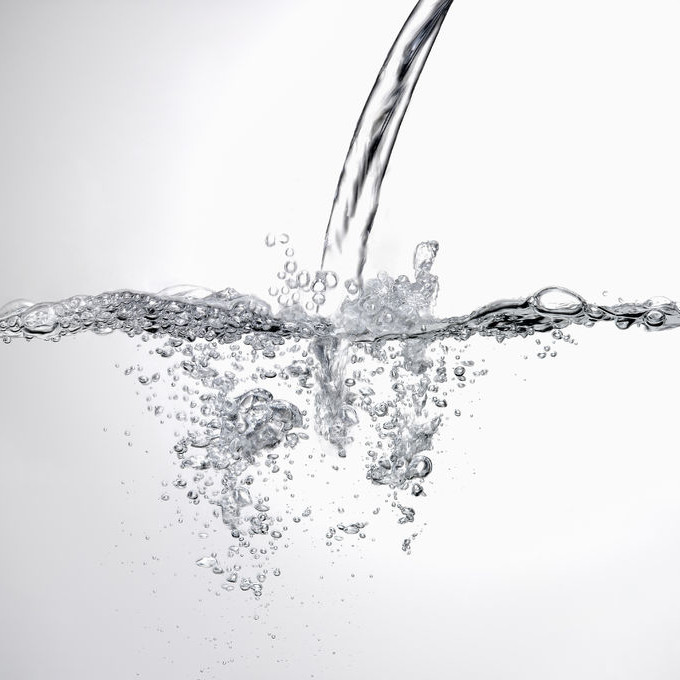
Air and Water Quality
What is Air and Water (A&W) quality?
Air (atmospheric and pressurized) and water are essential components of any food processing facility. Air and water used in food manufacturing environments must be food-grade, and comply with the current sanitary regulations in terms of composition and safety so that they don’t represent a risk of physical, chemical, or biological product contamination for the foods. Air and water are used for:
- Formulating ingredients and additives
- Cleaning and sanitizing of premises, external areas, and equipment (e.g., CIP, COP, floor washing, dry cleaning of surfaces)
- Propelling/transporting materials, (e.g., pumping of fluids, pneumatic conveying of wheat flour and sugar)
- Maintaining proper ventilation, temperature and relative humidity of processing areas to prevent overhead condensation, microbiological issues, or off-odors
- Cooling and/or heating of processing areas
Regulatory Compliance
Air and water quality is thoroughly addressed in 21 CFR Part 117. This rule establishes that:
- Water must supplied at suitable temperature and pressure, and must be adequate for the operations intended (for processing of food; for cleaning of equipment, utensils, and food-packaging materials; or for employee sanitary facilities), and must be derived from an adequate source.
- The water must not represent a source of contamination of food, food-contact surfaces, or food-packaging materials.
- No water backflow should occur from, or cross-connection between, piping systems that discharge wastewater or sewage and those that carry water for food or food manufacturing.
- Plants must provide adequate ventilation to minimize dust, odors, and vapors (including steam and noxious fumes) in areas where they may cause allergen cross-contact or contaminate food.
- Plants must locate and operate fans and other air-blowing equipment in a manner that minimizes the potential for contaminating food, food-packaging materials, and food-contact surfaces.
- Compressed air or other gases mechanically introduced into food or used to clean food-contact surfaces or equipment must be treated in such a way that food is not contaminated.1
Relevance
An A&W quality program is a key prerequisite for bakeries. Bakery plants are sensitive environments with respect to air and water supply. A few reasons are listed here:
- For handling/pneumatic conveying of wheat flour and other dry or powdered ingredients, dust and other fine airborne materials may need to be removed by specific exhaust systems with collection hoods at the points where the dust is generated.
- When water vapor (i.e., steam, exhausted or vented) is generated from baking ovens, it increases the humidity of the ambient air. Steam evaporation may need to be removed by specific exhaust systems with collection hoods at the points where steam is generated.
- Certain products being handled and processed (e.g., dough) are prone to dry out or absorb water, depending on the moisture of the environment.
- Special screening devices may need to be placed to filter the air prior to its entry into processing areas, e.g., at intake points of air such as centrifugal or axial fans.
- Air intake points require specific mesh scale and construction materials to avoid the entrance of foreign airborne materials.2
It is important for water intended to be used for food contact not to contain high amounts of residual chlorine since it would kill the yeast cells that are vital for making bread.
Microbiological parameters:
Water intended to be used as a process ingredient must be potable. ‘Potable’ water, by definition, contains no microorganisms at levels capable of causing human intestinal diseases. Such water must meet these criteria:
- Free of waterborne parasites, e.g., Giardia lamblia, Cryptosporidium species, among others
- Heterotrophic plate count < 500 UFC/mL
- Total coliforms 0 UFC/100 mL
- E. coli count 0 UFC/100 mL
Components of an A&W quality program
Food processing facilities must document and implement an A&W Program that includes:
- Identification of A&W supply sources
- A&W treatment methods to be performed prior to A&W use
- Guidelines/procedures regarding design and capacity of holding tanks and conveying/distribution equipment for A&W
- Cleaning and sanitation procedures and schedules for A&W distribution systems, e.g., pipelines, holding tanks, ducts, valves, pumps, compressors, and blowers
- Procedures regarding monitoring of physicochemical and microbiological requirements of A&W
- Documentation and recordkeeping of tasks performed regarding A&W program
References
- U.S. Food and Drug Administration. “21 CFR 117 – Current Good Manufacturing Practice, Hazard Analysis, and Risk–based Preventive Controls for Human Food.” 1 Apr. 2017, https://www.accessdata.fda.gov/scripts/cdrh/cfdocs/cfcfr/CFRSearch.cfm?fr=117.130. AIB International. “The AIB GMP and Prerequisite Guide, Chapter 10 “Air and Water Quality”
- Boyd, C.E. “Water Quality: An Introduction.” Water Quality Regulations, 2nd ed., Springer International Publishing AG, Ltd, 2015, pp. 339–352.

